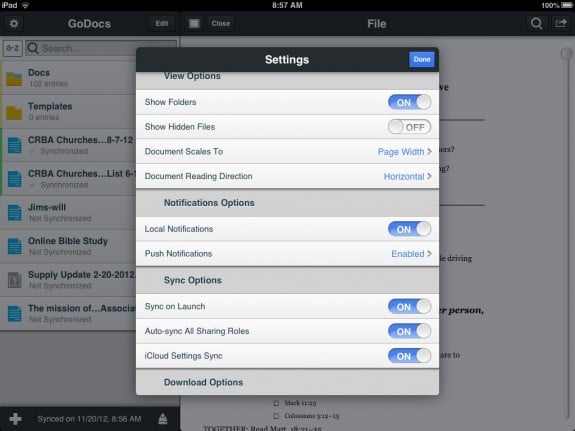

It has a very small API (see the Go docs) so there's not much to learn. Ability to map multiple HTTP methods to the same handler in one declaration, like gorilla/mux. An Allow header is automatically set on all OPTIONS and 405 Method Not Allowed responses, like julienschmidt/httprouter. Automatic handling of HEAD requests, like bmizerany/pat. Automatic handling of OPTIONS requests, like julienschmidt/httprouter. Optional regexp support for tighter pattern matching, similar to chi and gorilla/mux. Middleware management like chi - including the ability to create route 'groups' which use different middleware. 160 LOC) with pattern-matching logic similar to matryer/way. A very small and readable codebase (approx. My aim with Flow was to bring together my favourite features from other popular routers that I frequently used. I've been using it in production on this site and in a couple of other projects since, and I'm pretty happy with how it's working out so decided to share it a bit more widely. This allows the K8s API to delete all dependent resources when/if the custom resource is deleted.Last year I wrote a new HTTP router for Go called Flow. Therefore, the K8s API will know that these resources, such as the Deployment to run the Memcached Operand image, depend on the custom resource for the Memcached Kind. Note: The K8s api will manage the resources according to the ownerRef which will be properly set by using this method. This will be added by using the method ctrl.SetControllerReference. The dependent objects, in this case the Deployments, need to have an Owner References field that references their owner object. Which in this case is the Memcached object for which the Deployment was created. For each Deployment type Add/Update/Delete event, the event handler will map each event to a reconcile Request for the owner of the Deployment. Options ) specifies the Deployments type as the secondary resource to watch. The Manager can restrict the namespace that all controllers will watch for resources: See the Kubebuilder entrypoint doc for more details on how the manager registers the Scheme for the custom resource API definitions, and sets up and runs controllers and webhooks. The main program for the operator main.go initializes and runs the Manager. Ensure you activate module support by running export GO111MODULE=on before using the SDK. The -repo= flag is required when creating a project outside of $GOPATH/src, as scaffolded files require a valid module path. Operator-sdk init generates a go.mod file to be used with Go modules. To learn about the project directory structure, see Kubebuilder project layout doc. Plugin which provides support for this platform by adding to the init subCommand the flag -plugins=go/v4-alpha Note If your local environment is Apple Silicon ( darwin/arm64) use the go/v4-alpha For more information, see the core Kubernetes docs and the Kubebuilder docs. Groups determine how access can be controlled to your resource types using RBAC. Name your domain to group your resource types in meaningful group(s) for ease of understanding and because these Internally to version your Kubernetes resources and are thus used for many things. Some of the core Kubernetes API groups, such as apps or. domain will be used as the prefix of the API group your custom resources will be created in.ĪPI groups are a mechanism to group portions of the Kubernetes API. Operator-sdk init -domain -repo /example/memcached-operator 
# we'll use a domain of # so all API groups will be. Mkdir -p $HOME/projects/memcached-operator Use the CLI to create a new memcached-operator project:
#Golang map godocs update#
Update the Memcached CR status using the status writer with the names of the CR’s pods. Ensure that the Deployment size is the same as specified by the Memcached CR spec. Create a Memcached Deployment if it doesn’t exist. We will create a sample project to let you know how it works and this sample will: 
Authentication and certificates if the registry is private or uses a custom CA.Replace it with another value if using a different registry or namespace. is used as the registry Docker Hub namespace in these examples.

Quay.io) and be logged in to your command line environment. An accessible image registry for various operator images (ex.Make sure your user is authorized with cluster-admin permissions.Please migrate, or consult the legacy docs. NOTE: If your project was created with an operator-sdk version prior to v1.0.0 An in-depth walkthrough of building and running a Go-based operator.








 0 kommentar(er)
0 kommentar(er)
